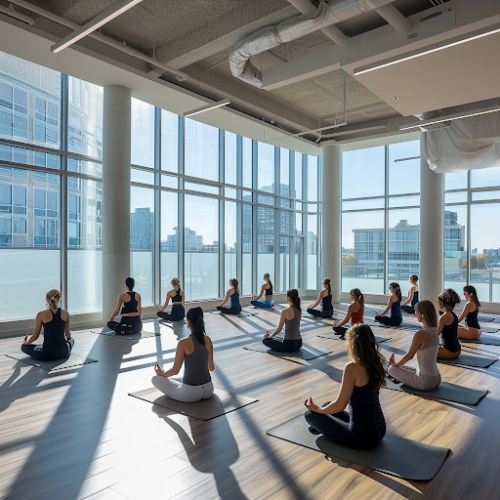Spinal Health: Why is it so Important?
Every year, World Spine Day is acknowledged on October 16th, and this year’s theme is “Support Your Spine.” As a critical element to your overall well-being, protecting your spinal health should be a priority – after all, your spine helps you maintain posture, move, and supports your central nervous system (essentially your body’s main control centre for all functions and senses). Integrating physical activity into your daily routine is one of the most effective ways to protect your spine and enhance overall health.
In honour of #WorldSpineDay, let’s explore ways to promote a healthy spine by reducing inactivity. Whether at home, work, or school, fostering good habits is the key to maintaining spinal health and protecting you from long term pain and disability.
The State of Physical Activity in Canada
In recent years, we have seen a concerning trend as a growing number of Canadians are not meeting the national Physical Activity Guidelines. This lack of movement directly impacts spinal health and comes at a cost to overall health and the burden placed on our healthcare systems. Prolonged sitting, poor posture, and physical inactivity can contribute to spinal problems and eventually lead to chronic or long term issues.
The High Cost of Inactivity
Inactivity costs the Canadian healthcare system a staggering $6.8 billion annually. These costs are split between direct expenditures on health services and indirect costs incurred through lost productivity and workplace absenteeism. Understanding and addressing the roots of sedentary behaviour can help reduce these financial impacts significantly.
Understanding the Guidelines
The physical activity recommendations for Canadians aged 18 to 64 are 24 hour movement guidelines incorporating physical activity, sedentary behaviour, and sleep as follows:
- Aerobic Activity: At least 150 minutes of moderate to vigorous activity per week.
- Muscle Strengthening: Exercises involving major muscle groups at least twice a week.
- Light Physical Activities: Several hours of activities such as standing, each week.
- Sedentary Behaviour: Limiting sedentary behaviour to less than eight hours per day, with no more than three hours spent on recreational screen time.
- Sleep: Encouraging regular sleep patterns of seven to nine hours per night.
Maximizing Spinal Health Benefits
The recommendations for movement, sedentary behaviour, and sleep vary by age. In general, maintaining regular physical activity levels supports:
- Chronic Disease Prevention: Reduced risks of mortality, cardiovascular disease, hypertension, diabetes, and some cancers.
- Mental Health Improvement: Lower instances of anxiety and depression.
- Enhanced Physical and Cognitive Function: Better bone health, blood lipid profiles, and overall cognitive function.
Practical Tips to Get Active
To reduce sedentary behaviour, consider these actionable tips:
- Exercise in Short Bouts: Integrate short periods of exercise into your daily routine. Most of us don’t have hours of time available to exercise at once.
- Reduce Screen Time: Limit prolonged recreational screen time
- Stand Up on Occasion: Given your mind and body a break when seated for longer periods..
- Home or Gym Workouts: Utilize simple, effective exercises for muscle strengthening, whether at home or in the gym.
Conclusion: A National Call to Action
Reducing sedentary behaviour is not just about achieving health, it is also about maintaining it so you can continue to enjoy what is important to you. No matter your age, it is never too late to adopt lifestyle habits that support and promote good health. So get moving, your spine will thank you.
Have questions about this blog or any other health-related concern? Contact us today – we are always ready to help.
For more blogs on preventing back pain, visit our travel, gardening, healthy spine movement blogs.
Information for this blog was sourced from chiropractic.ca
Physical activity guidelines by age can be found here.

